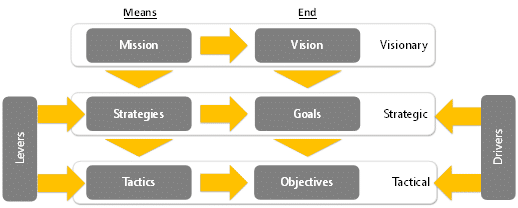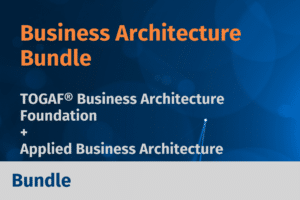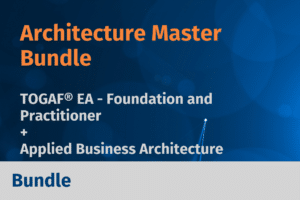When I discuss business issues with the C-suite I often find they are deeply concerned with a disconnect between strategy and execution. In my experience this fragmentation and loss of coherency boils down to a single problem: poor communication. Not just a shortcoming in verbal communication but inconsistency in how different parts of the organisation describe issues and relationships within and beyond their business domains and accountabilities.
This is one of the reasons why architects spend so much time and effort discussing meaning, using meta-models and investigating underlying structural relationships. Architects seek to build a common language for the organisation so that different disciplines and departments can relate to each other effectively and understand their issues in the broader organisational context.
I find that this issue is even more evident outside of the IT domain. It’s a big issue for the business. As the technology layer has become more commoditised a more consistent language has emerged to discuss technology building blocks like components, modules, applications, services, etc. This language and standardisation has supported greater interoperability across IT components. Now the business must do the same.
On the business side a key reference we use to orientate its activities is the Business Motivation Model (BMM) – also referred to as the means-to-end chain, which was developed by the Business Rules Group. I first used this model within Popkin System Architect some years ago when capturing a driver tree hierarchy for a client.

The Business Motivation Model is a valuable reference that could fill a key gap in strategic planning and communications for many organisations. Depending upon the mandate of a business architecture practice the job of a business architect is to either elicit this information from the business or to source existing material and refactor it into this form.
Besides the value of understanding how to change the business to meet the objectives, documenting the motivation of an organisation in this type of structure goes a long way to getting everyone on the same page about the vision, strategy and tactics used to meet organisational objectives and execute change.
If you would like to learn how to develop a business motivation model for your organisation contact on of our team members.




































































